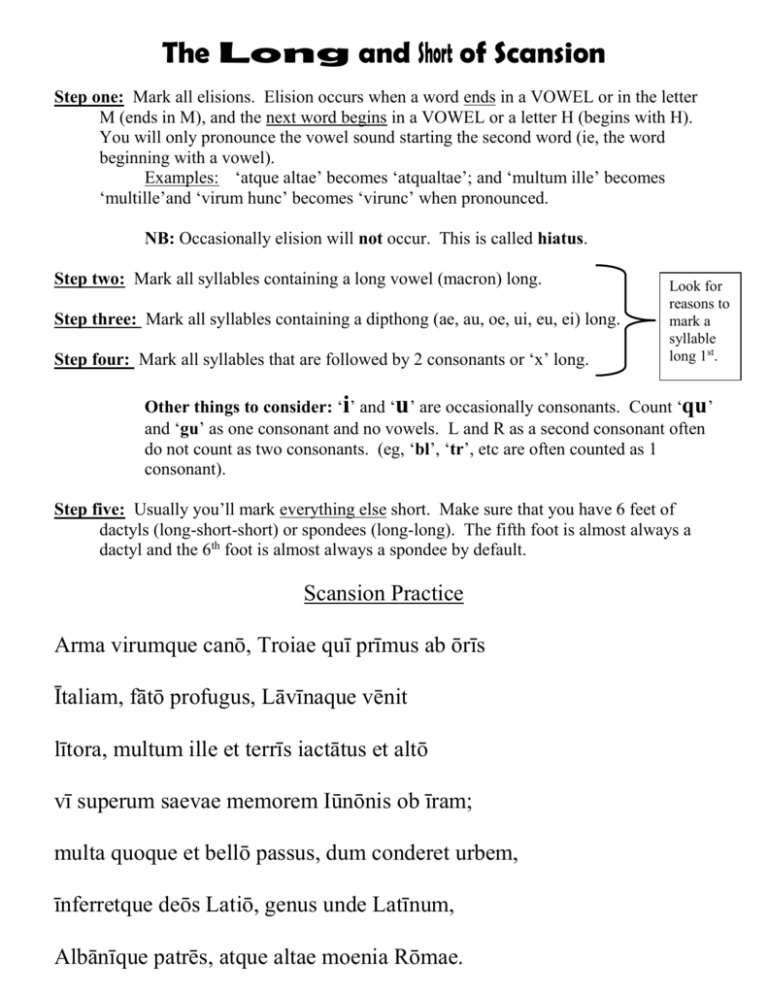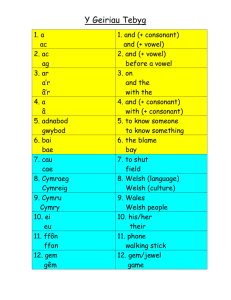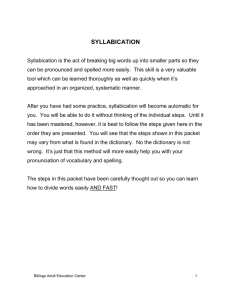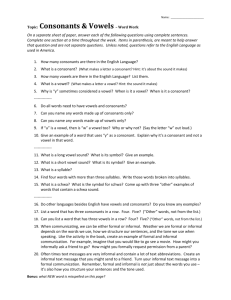Scansion Guide: Analyzing Latin Poetry
advertisement

The Long and Short of Scansion Step one: Mark all elisions. Elision occurs when a word ends in a VOWEL or in the letter M (ends in M), and the next word begins in a VOWEL or a letter H (begins with H). You will only pronounce the vowel sound starting the second word (ie, the word beginning with a vowel). Examples: ‘atque altae’ becomes ‘atqualtae’; and ‘multum ille’ becomes ‘multille’and ‘virum hunc’ becomes ‘virunc’ when pronounced. NB: Occasionally elision will not occur. This is called hiatus. Step two: Mark all syllables containing a long vowel (macron) long. Step three: Mark all syllables containing a dipthong (ae, au, oe, ui, eu, ei) long. Step four: Mark all syllables that are followed by 2 consonants or ‘x’ long. Look for reasons to mark a syllable long 1st. Other things to consider: ‘i’ and ‘u’ are occasionally consonants. Count ‘qu’ and ‘gu’ as one consonant and no vowels. L and R as a second consonant often do not count as two consonants. (eg, ‘bl’, ‘tr’, etc are often counted as 1 consonant). Step five: Usually you’ll mark everything else short. Make sure that you have 6 feet of dactyls (long-short-short) or spondees (long-long). The fifth foot is almost always a dactyl and the 6th foot is almost always a spondee by default. Scansion Practice Arma virumque canō, Troiae quī prīmus ab ōrīs Ītaliam, fātō profugus, Lāvīnaque vēnit lītora, multum ille et terrīs iactātus et altō vī superum saevae memorem Iūnōnis ob īram; multa quoque et bellō passus, dum conderet urbem, īnferretque deōs Latiō, genus unde Latīnum, Albānīque patrēs, atque altae moenia Rōmae.











